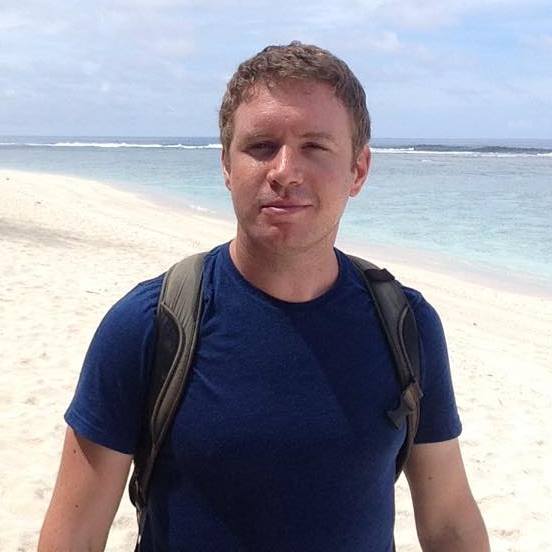A Florida State University professor’s research suggests a theory by famed economist Thomas Piketty on present-day wealth inequality actually explains a lot about how smaller-scale societies in the prehistoric Mediterranean developed.
Piketty’s theory says that high-growth economic conditions can slow the rate of wealth inequality and low-growth can accelerate it. In a new study, FSU Assistant Professor of Anthropology Thomas Leppard argues that certain hierarchical Mediterranean societies from about 3500 B.C. to 1000 B.C. fall into this low-growth context described by Piketty.
Leppard’s research is published in the journal Current Anthropology.
“Even though they never achieved the size and scale of societies in richer environments throughout the Old World, the fact that these Mediterranean societies developed in zones that were not prime for agriculture provided opportunities for some individuals to amass great wealth and social status compared to other individuals,” Leppard said.
Because many of these societies were pre-monetary, wealth and growth rates can be approximated by agricultural production, particularly of large-scale, extensive farming of different grains.
“We know that agriculture was, to an extent, vital for the emergence of urban and ‘state’ societies,” Leppard said.
Leppard argues that in larger, urban societies located in Mesopotamia, or near the Nile and the Yellow rivers, exaggerated income inequality took longer to occur because they were high-growth environments. This growth held off rapidly emergent wealth inequality and associated institutional hierarchies for longer, allowing these societies to coalesce at larger scales before durable hierarchies and state-type institutions appeared.
Piketty’s theory, Leppard said, illustrates that very different conditions can drive similar social outcomes, and this challenges some current models in anthropological archaeology on how societal hierarchies developed.
“Ultimately, if very different processes can drive the appearance of societies that appear structurally similar, we’re going to have to start thinking about multiple pathways to societies that we like to think of in one category,” Leppard said.
Leppard’s study was supported by the Renfrew Fellowship at the University of Cambridge.


